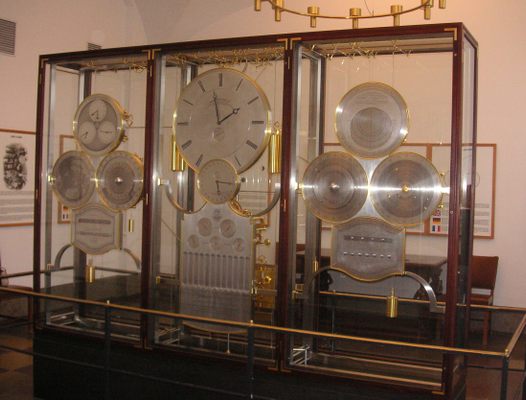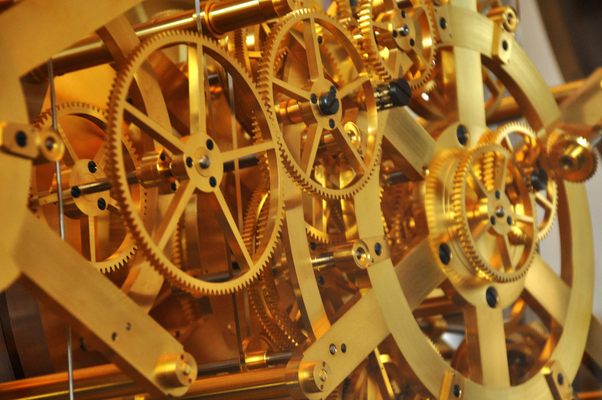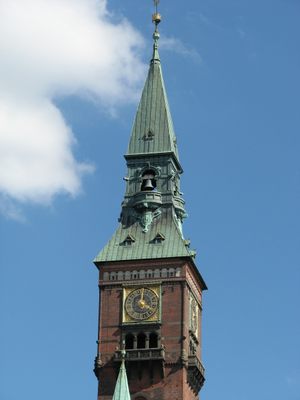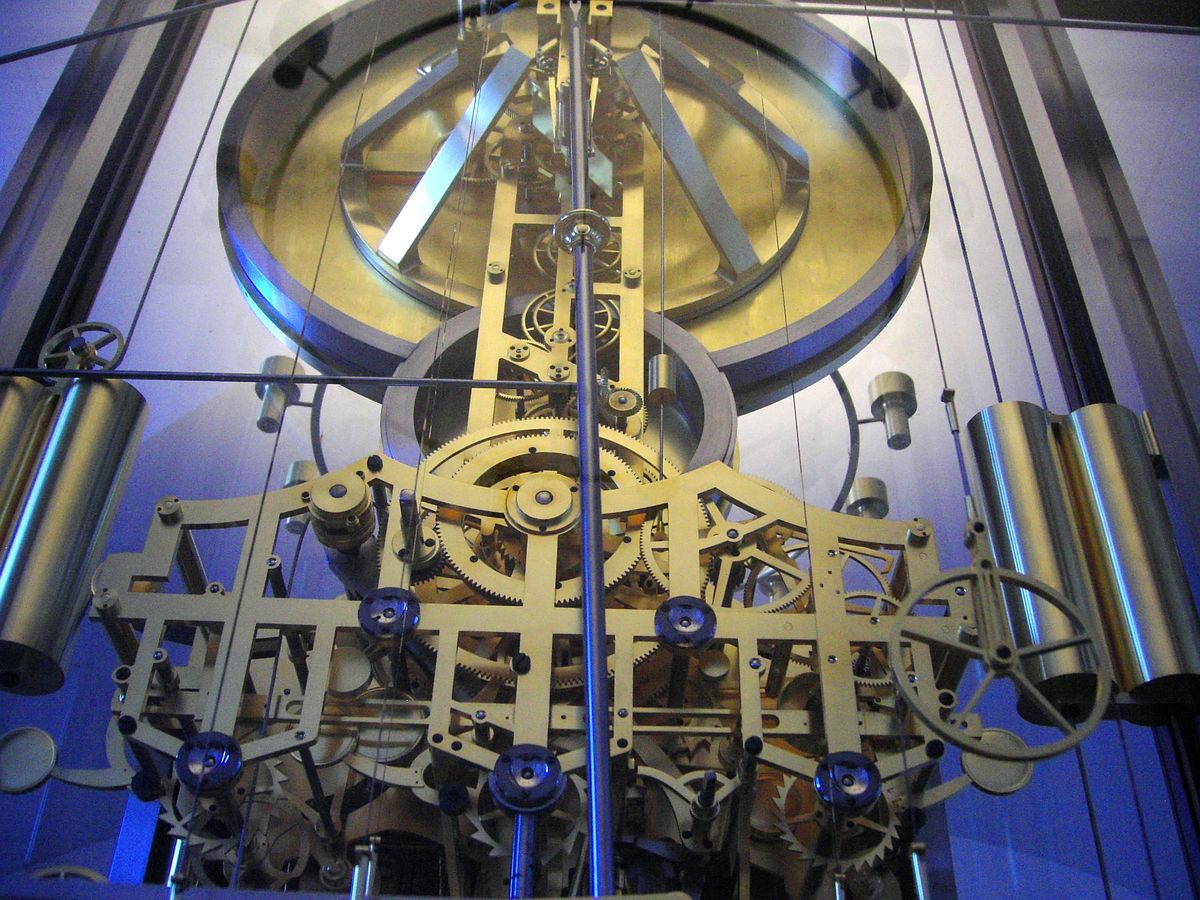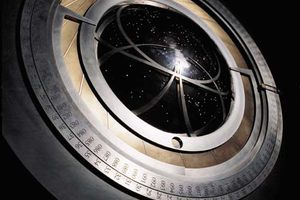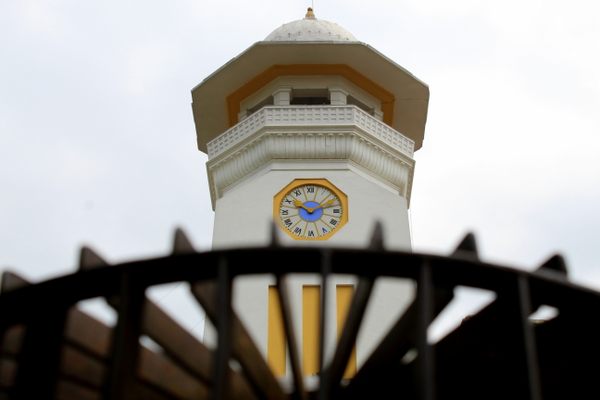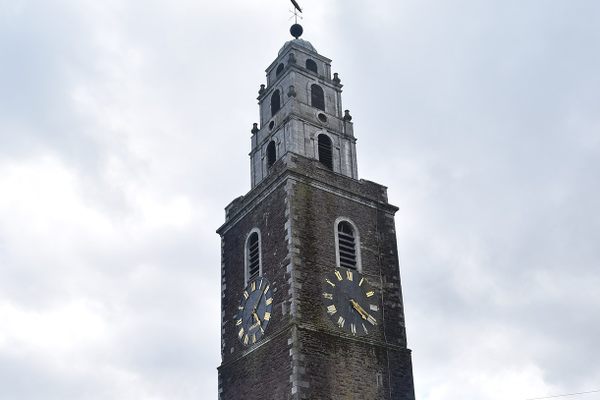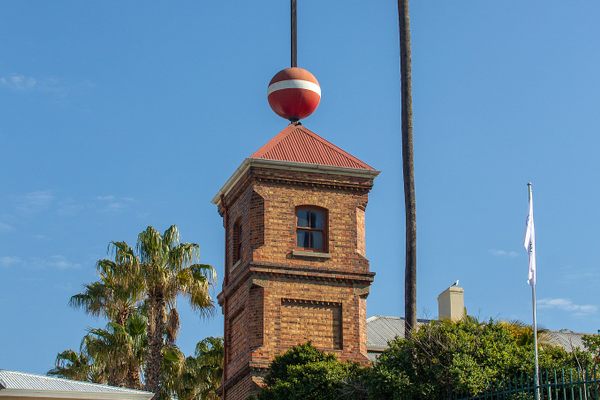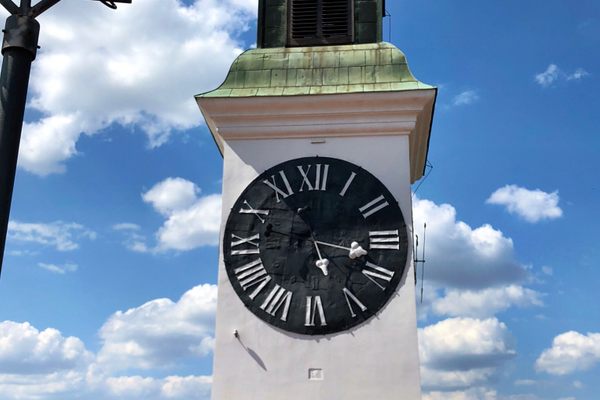About
As famous clocks go, Jens Olsen's World Clock is a sight to behold. Sitting pretty in a tower at Copenhagen’s City Hall, this gilded horological masterwork is geared to calculate global times and dates, and planetary positions with remarkable precision. And, as long as it continues to be wound once every week, it will continue to display this information for the next 2,500 years.
One of the most precise mechanical clocks in the world, Jens Olsen’s World Clock displays not just the local time, but also solar time, the exact time at locations around the globe, the relative positions of the stars and planets, sunrises and sunsets, the Gregorian calendar, the future dates of changing holidays, and more.
The wheels were first put into motion back in 1897; then-locksmith Jens Olsen was 25 years old when he visited Strasbourg and saw the astronomical clock on display at the Notre-Dame Cathedral. The young man was fascinated by the creation and was inspired to learn the art of watchmaking, establishing himself as a master craftsman. He also began calculating and planning his magnum opus: a complete and comprehensive astronomical clock.
He started the massive project in 1943, with the help of a team gathered during his career. Work on the different sections was underway when Olsen fell ill and passed away in 1945. The project was completed by a young clockmaker named Otto Mortensen, who worked in tandem with Gunnar Biilmann Petersen, the architect hired to design the clock’s exterior.
After over a decade of calculations and careful calibration, the masterpiece, with 15,448 working parts, was finally completed. It was set in motion at exactly 3 p.m. on December 15, 1955, by King Frederik IX and Olsen’s youngest grandchild Birgit. Today, it sits in its own room where clock-lovers can marvel at its gleaming gears, the slowest of which is turning at the glacial pace of one revolution every 25,753 years.
Update as of July 2022: The clock is open again.
Related Tags
Community Contributors
Added By
Published
May 8, 2017

